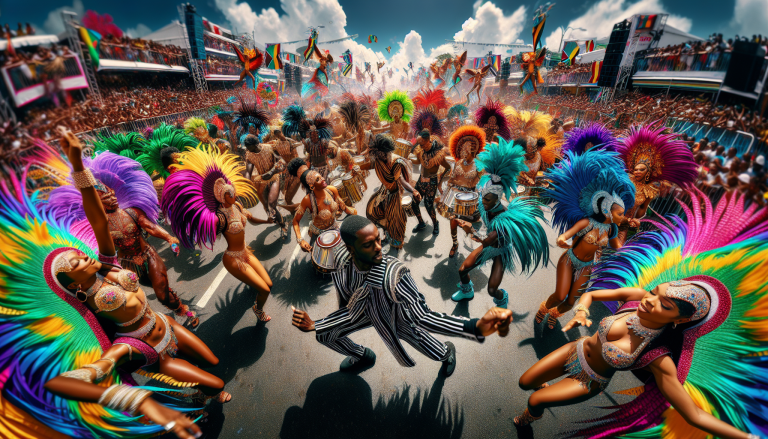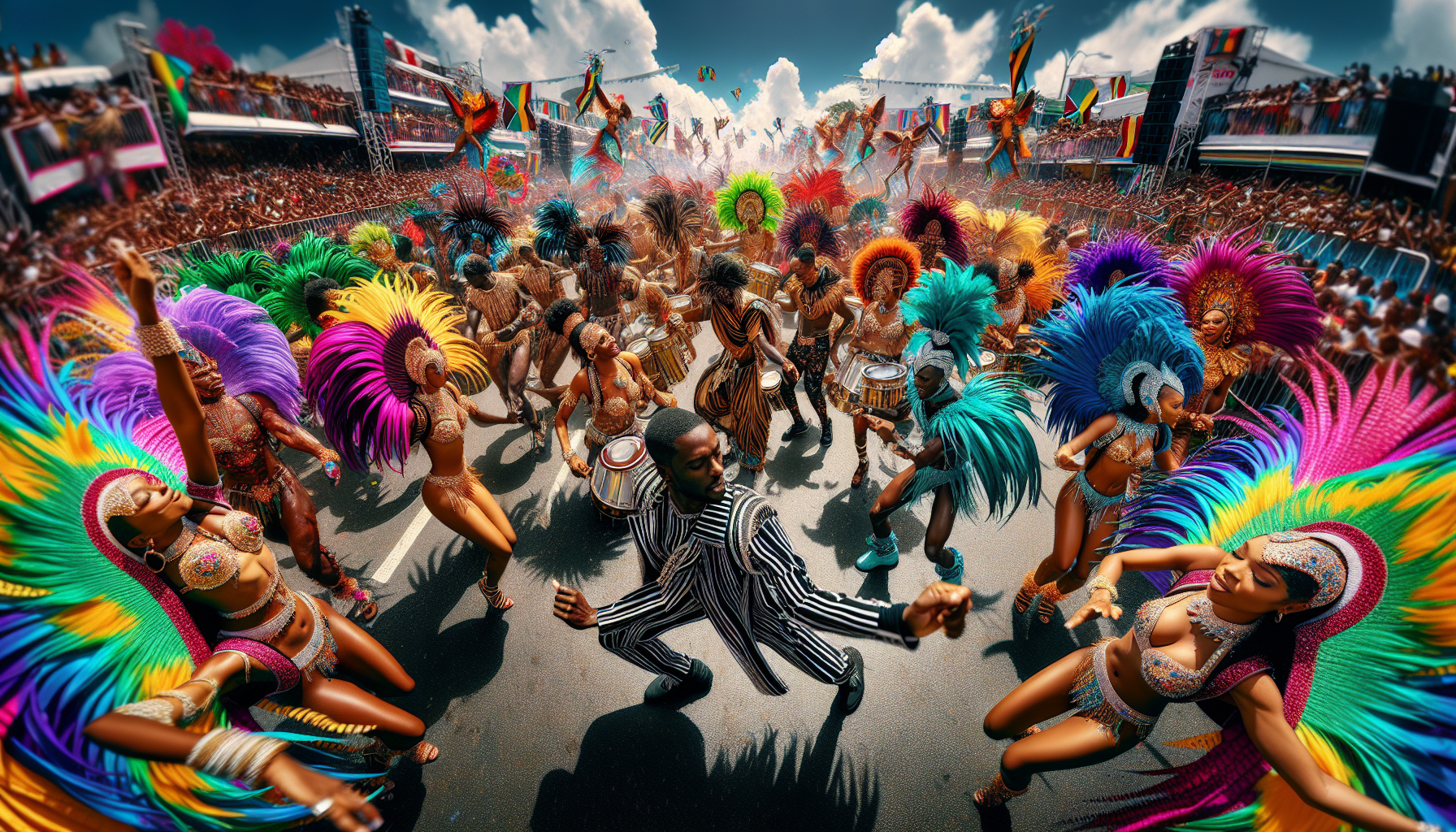Soca: The Heartbeat of Caribbean Celebration
When the first thunderous beats of soca music fill the air, it’s impossible to stand still. This vibrant and electrifying genre is more than just music—it’s a cultural explosion that captures the spirit of Caribbean joy, resilience, and freedom. Born in the twin island nation of Trinidad and Tobago, soca has become a powerful musical force that transcends borders and connects people through pure, infectious energy.
Origins and Historical Roots
Soca’s story begins in the late 1960s and early 1970s, emerging from the rich musical landscape of calypso. Pioneered by the legendary Trinidadian musician Lord Shorty (Garfield Blackman), soca was deliberately created as a fusion of traditional calypso with Indian rhythms, reflecting the diverse cultural heritage of Trinidad and Tobago. The term “soca” itself is believed to be a contraction of “soul” and “calypso,” symbolizing the genre’s evolutionary spirit.
Lord Shorty recognized the need to create a more contemporary sound that could appeal to younger generations while maintaining the social commentary and storytelling traditions of calypso. By incorporating elements of East Indian musical styles, particularly the rhythmic patterns of chutney music, he crafted a new musical language that would soon become a global phenomenon.
Cultural Significance and Musical Characteristics

Soca is more than just a musical genre—it’s a celebration of life, resilience, and cultural identity. Its rapid-fire tempo, typically ranging between 130-160 beats per minute, creates an irresistible pulse that compels listeners to move. The music is characterized by its upbeat rhythms, brass instruments, synthesizers, and percussion that create a wall of sound designed to make people dance.
The lyrics often range from pure party anthems to profound social commentary, continuing the Caribbean tradition of using music as a form of communication and resistance. During Carnival seasons, soca becomes the soundtrack of liberation, allowing people to express themselves freely and challenge social norms through music and dance.
Global Impact and Performance
While soca originated in Trinidad and Tobago, it has spread throughout the Caribbean and beyond. Carnivals in cities like Toronto, New York, and London now feature massive soca celebrations, demonstrating the genre’s universal appeal. Performance is key to soca—it’s meant to be experienced live, with massive street parties, costumed dancers, and an atmosphere of unbridled joy.
Competitions like the International Soca Monarch in Trinidad have become significant cultural events, where artists compete not just for a title, but for the honor of creating the most infectious track of the year. These competitions showcase the genre’s competitive and innovative spirit.
Notable Artists
Several artists have been instrumental in shaping and spreading soca’s global reputation:
1. Machel Montano: Often called the “Michael Jackson of Soca,” Montano has been a driving force in modernizing the genre. Since his childhood, he has consistently pushed musical boundaries, creating tracks that blend traditional soca with contemporary pop and electronic music.
2. Bunji Garlin: Known for his high-energy performances and innovative approach, Garlin has been crucial in expanding soca’s reach, particularly through his fusion with other genres like dancehall and international electronic music.
3. Destra Garcia: As one of the most prominent female voices in soca, Destra has broken numerous barriers and created anthems that celebrate Caribbean womanhood and empowerment.
Experiencing Soca
To truly experience soca, one must immerse themselves in Caribbean carnival culture. Trinidad’s Carnival, held annually before Lent, remains the ultimate soca pilgrimage. However, regional carnivals in Barbados, Grenada, and other Caribbean nations offer equally vibrant experiences.
For those unable to travel, numerous festivals worldwide now feature soca performances. Additionally, online platforms and streaming services have made soca more accessible than ever, allowing global audiences to connect with this dynamic musical form.
As Lord Shorty once said, “Soca is not just music, it’s a way of life.” Indeed, this genre continues to evolve, reflecting the dynamic, resilient spirit of Caribbean culture—always moving, always celebrating, always transforming.
From its humble beginnings in Trinidad to its current status as a global musical phenomenon, soca represents the heartbeat of Caribbean expression. It’s a testament to the power of music to unite, uplift, and celebrate life in all its complexity and joy.




